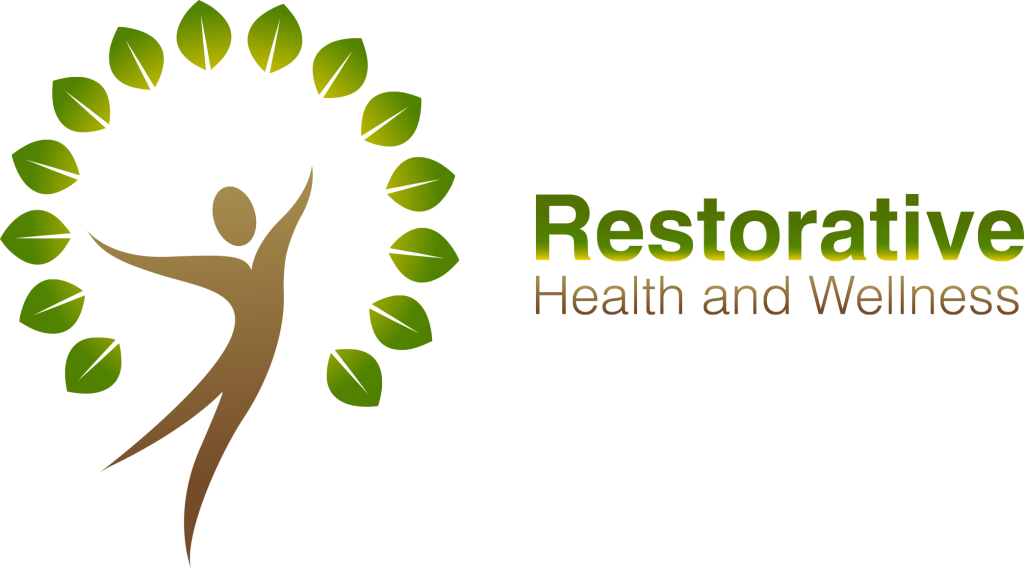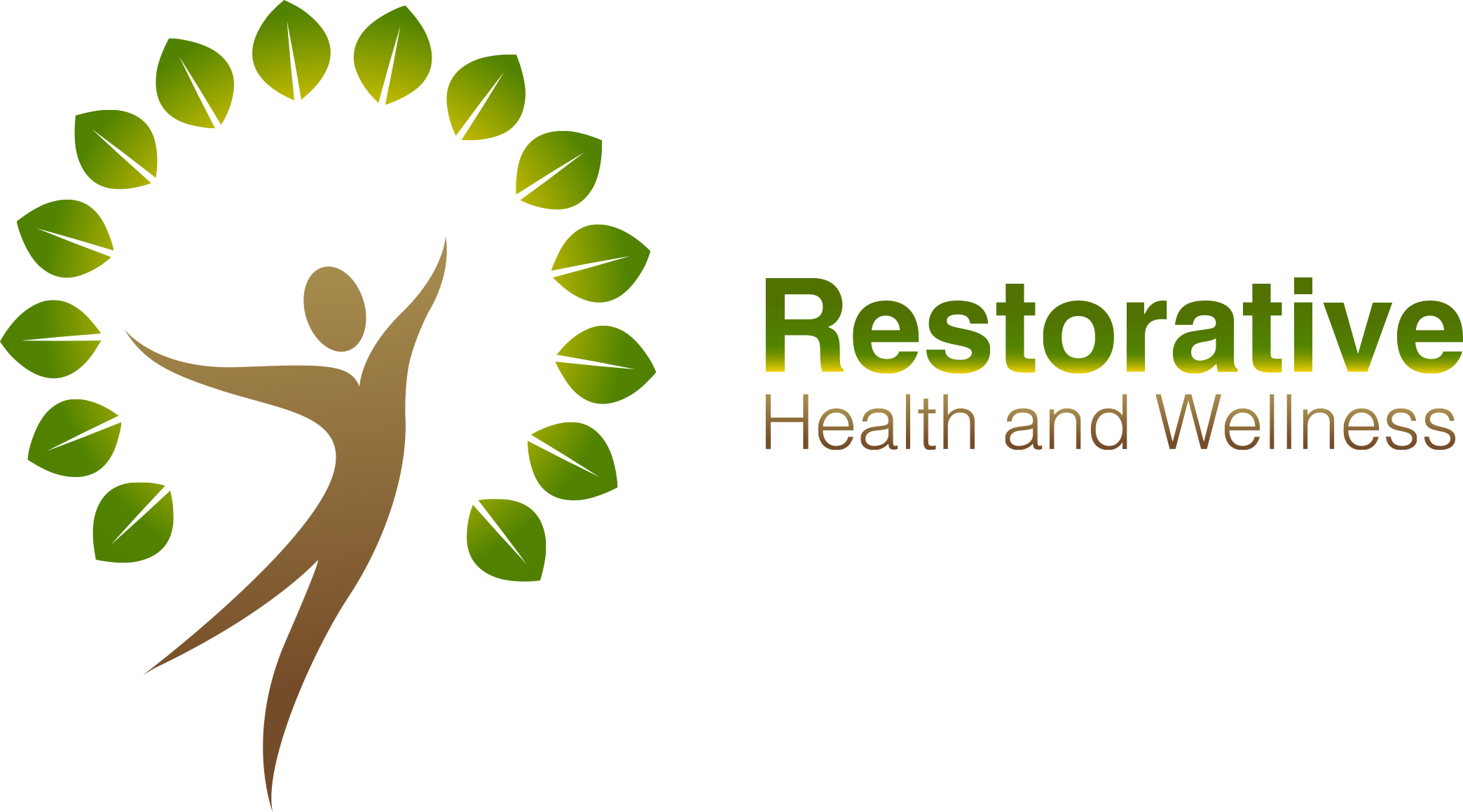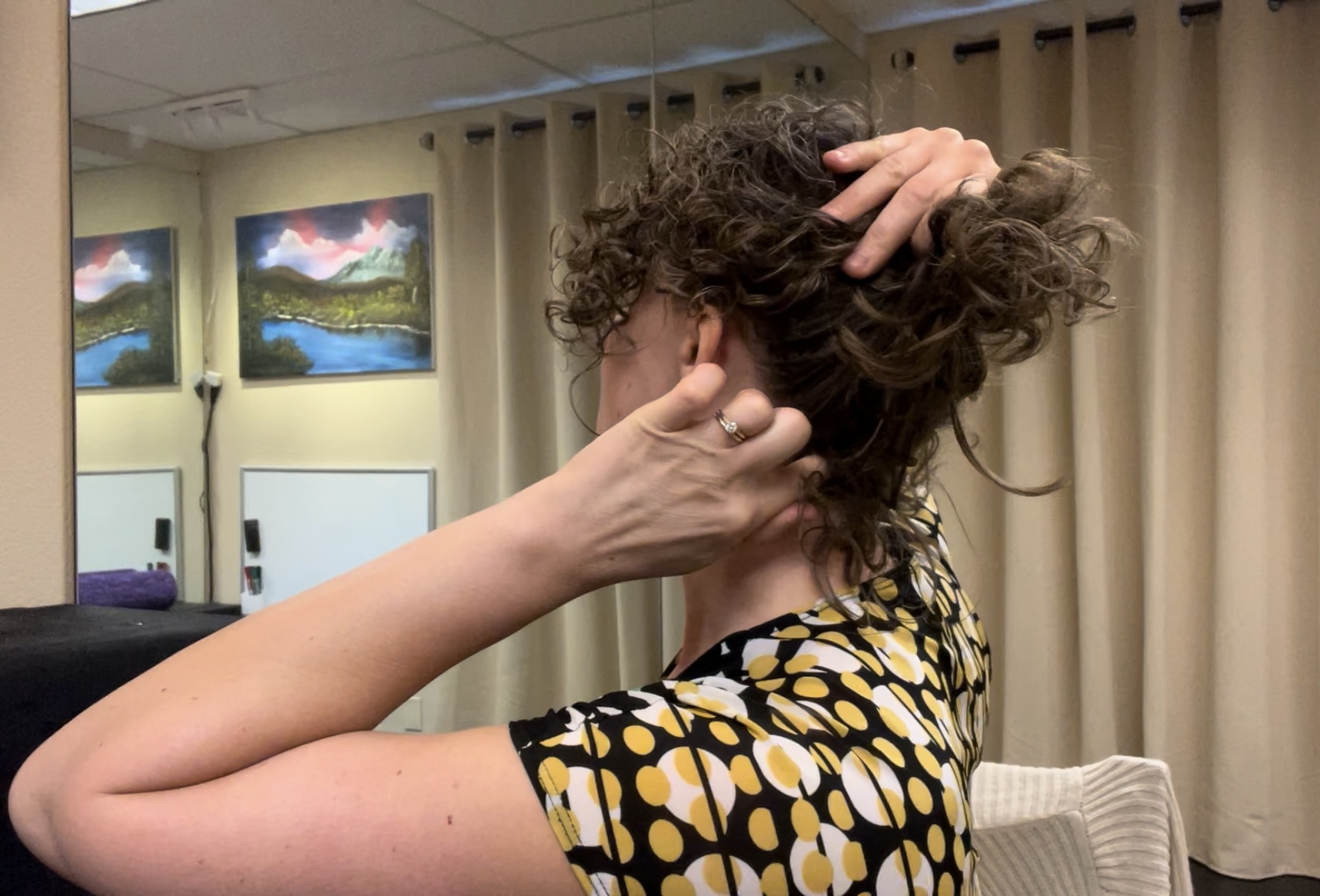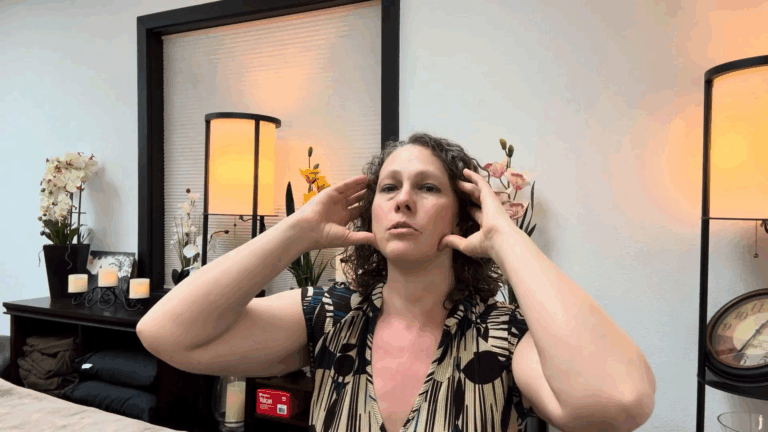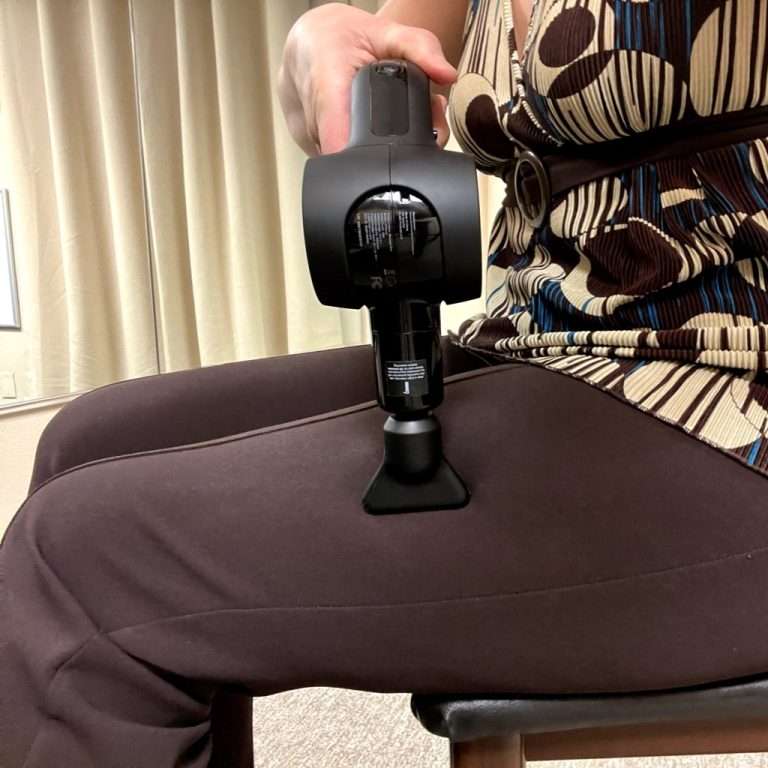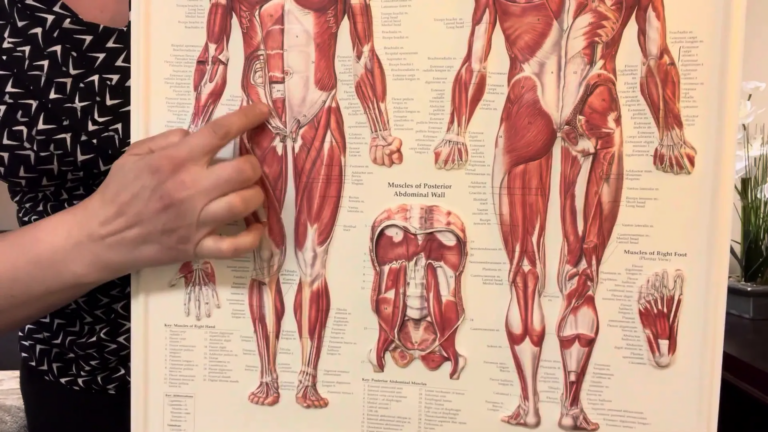Understanding Suboccipital Headache: Causes and Solutions
Have you ever experienced a headache right at the base of your skull? This type of headache, often referred to as a Suboccipital headache, can be quite bothersome and is frequently overlooked. In this blog, we’ll explore the causes of these headaches, particularly focusing on the role of suboccipital muscles and how your daily habits can influence their tension.
Table of Contents
- What Are Suboccipital Muscles?
- Common Causes of Suboccipital Headaches
- Effective Solutions to Relieve Suboccipital Headaches
- FAQ
What Are Suboccipital Muscles?
The suboccipital muscles form a group of small, yet significant, muscles situated at the base of your skull. They play crucial roles in head and neck movement and stability. When these muscles become tight or strained, they can result in various types of headaches; particularly, this occurs when you tilt your head backward for extended periods. However, it is important to note that not all headaches are caused by these muscles. Although they are often overlooked, their impact on overall comfort cannot be understated.
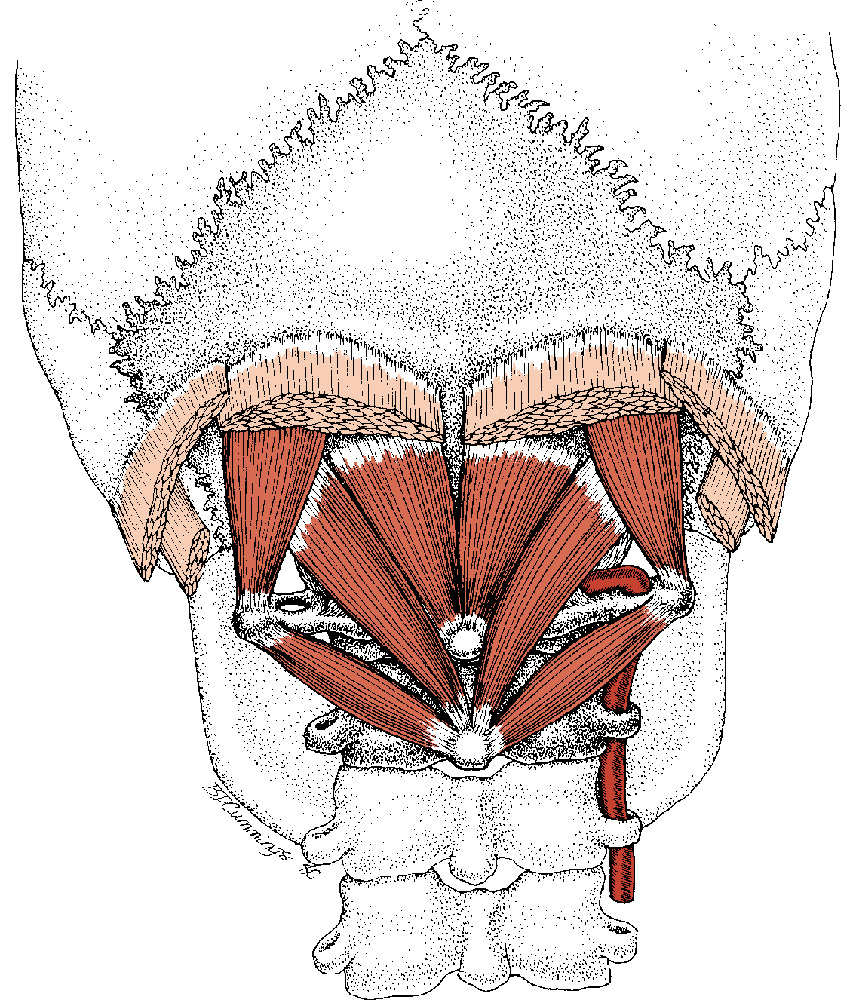
Common Causes of Suboccipital Headaches
Many of us are unaware of how our daily activities can contribute to tension in the suboccipital muscles. Here are some common scenarios that may lead to Suboccipital headaches:
- Wearing Bifocals: If you wear bifocal glasses and lift your chin to read, this can tighten your suboccipital muscles significantly.
- Looking Up Frequently: If you often find yourself looking up, especially if you’re shorter than your partner, this can also create tension.
- Consistent Posture: Sitting or standing in the same position without changing your posture can lead to muscle fatigue and tension over time.

Adjusting Your Habits
Once you identify (the cause of your headaches), there are several adjustments you can make to alleviate discomfort: however, these changes may not be universally effective. Although some individuals find relief through lifestyle modifications, others may require more comprehensive approaches. This is important to consider because, without understanding the underlying issue, progress may be limited. However, small adjustments, such as improving sleep quality or managing stress levels, can yield significant benefits. But remember, each person responds differently, so patience is essential in this process.
- Fix Your Glasses: Consider having a specific pair of reading glasses that doesn’t require you to tilt your head back.
- Change Your Position: Regularly alter your seating position to avoid repetitive strain on your neck.
- Be Mindful of Your Posture: Pay attention to how you hold your head, especially when sitting or standing for long periods.
Effective Solutions to Relieve Suboccipital Headaches
Here are several strategies that may assist in alleviating tension within your suboccipital muscles; however, effectiveness can vary. First, engaging in gentle stretching is beneficial—this can enhance flexibility, although one must be cautious to avoid strain. Additionally, applying heat can provide relief, but one should know their body’s response to such treatments. Furthermore, practicing mindfulness and relaxation techniques may reduce stress, because mental tension often manifests physically. In summary, finding the right approach is essential to achieving relief, as each individual’s needs are unique.
- Stretching: Incorporate neck stretches into your daily routine to help relax tight muscles.
- Massage Therapy: Consider seeing a neuromuscular massage therapist who can target the suboccipital area.
- Repositioning: Adjust your workspace to ensure your head and neck are in a neutral position.
Conclusion
Understanding the causes of Suboccipital headaches is the first step toward finding relief. By making simple adjustments to your daily habits and being mindful of your posture, you can significantly reduce the frequency and intensity of these headaches. If you find that your headaches persist, consider consulting a healthcare professional for personalized advice.
FAQ
What are the symptoms of a Suboccipital headache?
Symptoms generally encompass throbbing pain located at the base of the skull, tenderness in that region and headaches that can exacerbate with neck movement. However, this discomfort may vary, because individuals experience it differently. Although there are commonalities, the intensity and nature of the pain can change significantly. This variability complicates diagnosis, but it also highlights the need for personalized approaches to treatment.
How can I prevent Suboccipital headaches?
Preventive measures (such as maintaining good posture) are essential; however, using appropriate eyewear is also crucial. Regular stretching or massage can make a big difference in reducing the severity and frequency of these headaches.
When should I see a doctor for my headaches?
If your headaches are persistent, worsening, or accompanied by other concerning symptoms, it’s essential to seek medical advice; however, many individuals often hesitate to do so. This is particularly true because they may dismiss their discomfort as trivial. Although it might seem insignificant, ignoring these signs can lead to more serious issues. Therefore, one should not overlook such symptoms for the sake of their health.
